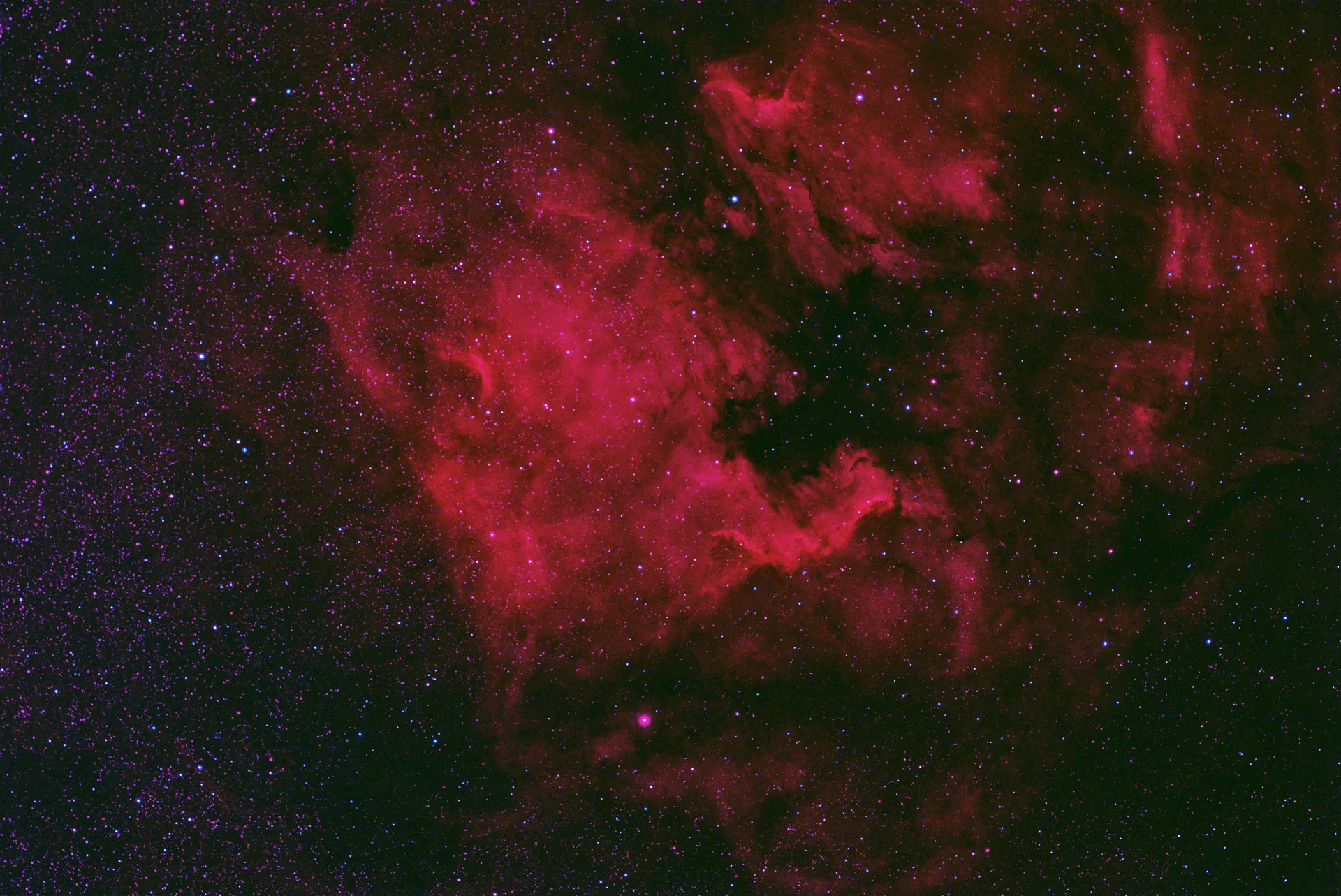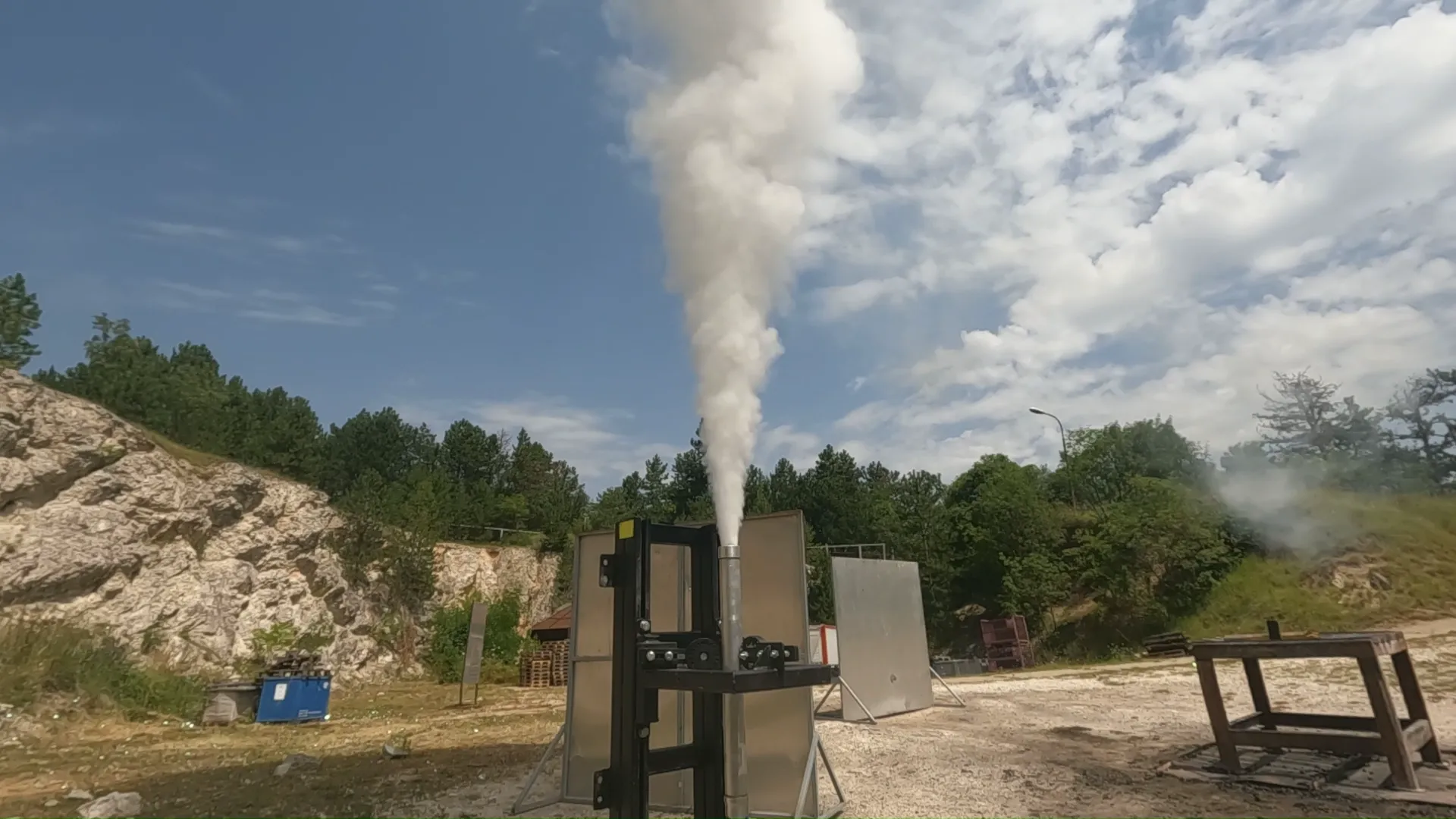
Helios 1T
The Helios engine family is meant to house the heavy-lift rocket engines mainly for usage in booster stages. The first prototype is Helios 1T, which is designed to propell Prometheus up to 3500 meters.
KR-54
The 54 mm engine family was developed for testing purposes. Its most notable achievement was the development of thermal protection layers and the propellants.

Version 1
It all started with this engine. We were able to test our first propellant formula and start the development of the thermal protection systems.

Version 2
With the second version, we successfully tested our thermal protection system and propellant formula.
Version 3
In the third iteration, we managed to test our new ignition system and furhter enhanced our propellant formula.
Risky-1
Risky-1 is a test purpose rocket engine developed for testing new hardware or propellant with unknown properties. The engine is capable of handling harsh conditions, such as pressures up to 300 bar.

The propulsion team
The team consists of mechanical, chemical, and electrical engineers. All of our engine development projects are done in-house, from the initial design to manufacturing and testing.

Mechanical group
The mechanical group is responsible for the design and manufacturing of the engine and its testing equipment's structural parts. The design pahse involves numerous approaches, such as FEM, CFD, and custom code modeling.
Chemical group
The chemical group is responsible for the propellant research and manufacturing. This involves different testing methods and analysis under various conditions.

Electrical group
The electrical group is responsible for the accurate measurement of the engine's performance. During testing, the pressure, thrust, and temperature are monitored, which is crucial for the development process.



